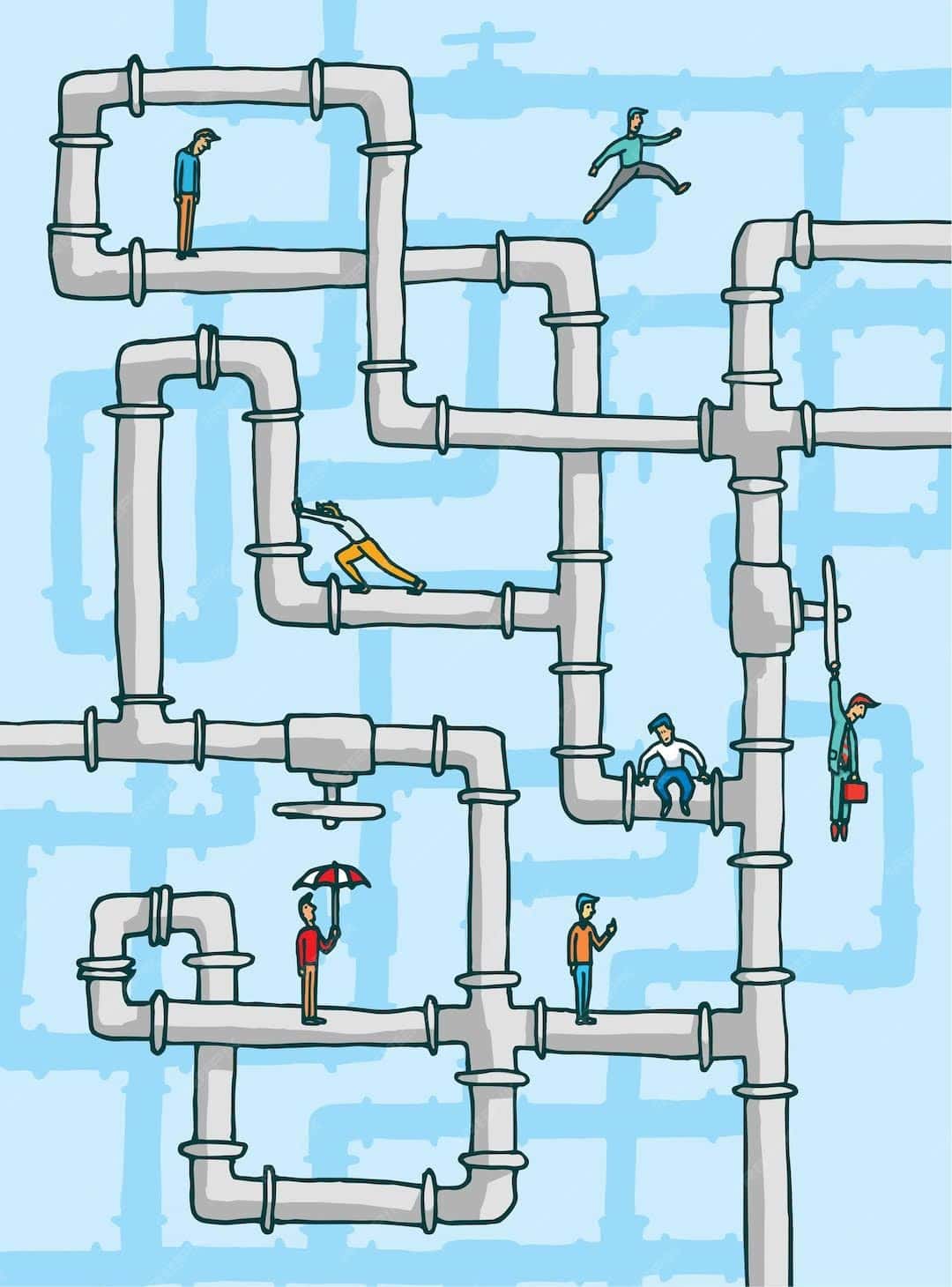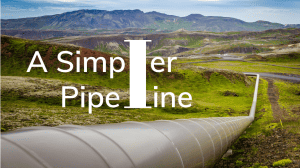When you are unsure where you are going, do you just keep going and hope you find your way, or do you stop and consider the best path forward?
When you are unsure of your current or future leadership needs in ministry, do you just keep going and hope you will have the right people at the right time, or do you stop to consider the leadership needs and potential leaders around you?
When we are on a journey, we often feel the need to know where we are going. If we are unsure, we might be anxious, make poor decisions because of the stress, etc.
Do you feel the same if you lack a leadership roadmap for your ministry?
The Leadership Pipeline Process (LPP) helps you, as a ministry leader, think ahead to Assess future leadership needs (succession, expansion), Identify a pool of potential leaders who might fill those needs, and purposely Develop them toward future roles needed in the ministry.
Assess-Identify-Develop is the LPP in three words!
(Eventually, there is a final “Deploy” stage—the selection process and transition of the new person (presumably from the LPP) into the role.)
Two things are necessary for success with the LPP: Frequency and Buy-in.
The LPP needs to be a normal part of your strategic planning cycle. At that time, you would revisit the Assess stage regarding leadership needs and talk about staff entering (or remaining in) the LPP, updating the Identify portion as part of your SPP. More frequent check-ins of those being developed in the LPP are advisable – several times each year. Why? Buy-in!
The leadership team needs to be committed to the strategic needs surfaced by the Assess phase and share in the intentional development of those staff who enter the LPP from the Identify phase. The leaders can support some LD initiatives, pay for travel to trainings (or give time to attend online), courses, and certifications, encourage cross-organizational internships for experience, etc. These are a few opportunities that require leadership ‘buy-in.’ Of course, regular LD opportunities for all staff should be ongoing and readily available.
To simplify this process, the LPP LITE focuses more on the conversations that are part of an LPP. Tools and tracking sheets help manage the process, but the vital part is the leaders’ engagement in conversations related to LPP. Read more about the LPP LITE in Paul Cheesman’s blog post HERE.
As always, feel free to submit your questions to the LDHR llama, who’s always available to help: Llama@cru.org










在〈Finding Your Way – The Leadership Pipeline Process〉中有 2 則留言
Thanks, Keith. This is very practical stuff. I like the LITE version, which focuses more on the conversations—the right people in the room talking about the right people at the right time.
“Frequency and Buy-in” is such a helpful and practical guide as leaders figure out how to move forward. Thanks, Keith.